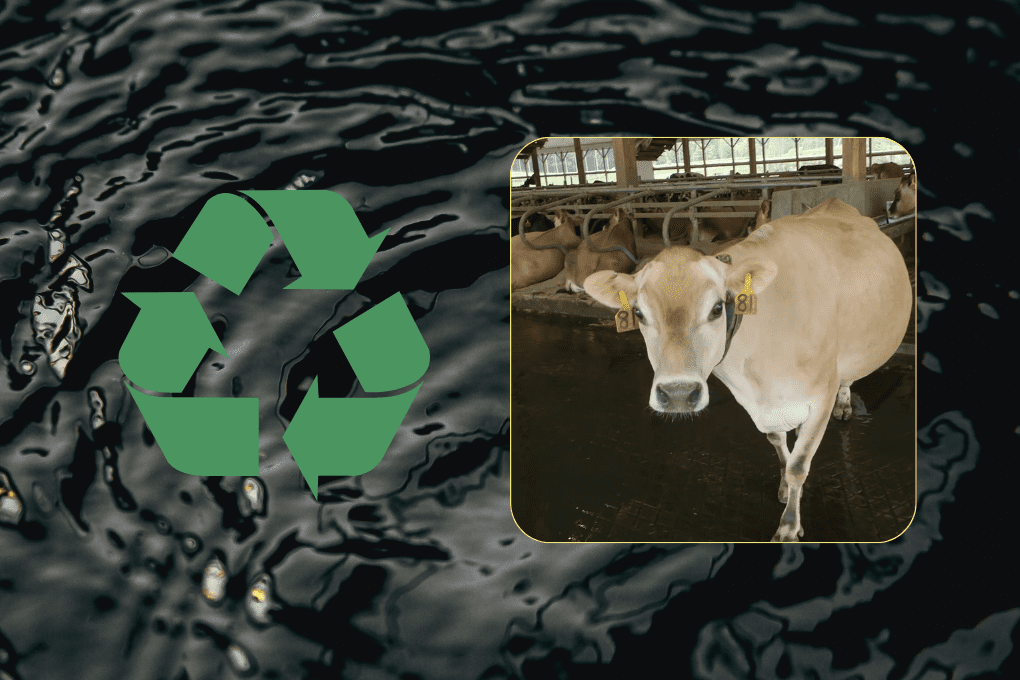Simply put, water is needed to create the nutritious food that fuels all humans.
Because of improved water management and increased milk production efficiencies, the U.S. dairy industry has decreased its water footprint by more than 65 percent over the past several decades1.
It takes an average of 144 gallons of water to produce one gallon of milk2. More than 90 percent of water used to produce dairy goes to growing crops to feed the cows. Some regions of the U.S. may use more water, while New England benefits from a steady rainfall to irrigate crops.
1 J. L. Capper, R. A. Cady, D. E. Bauman, The environmental impact of dairy production: 1944 compared with 2007, Journal of Animal Science, Volume 87, Issue 6, June 2009, Pages 2160–2167
2 Henderson, A. et. al., U.S. fluid milk comprehensive life cycle assessment. University of Michigan & University of Arkansas. 2012

